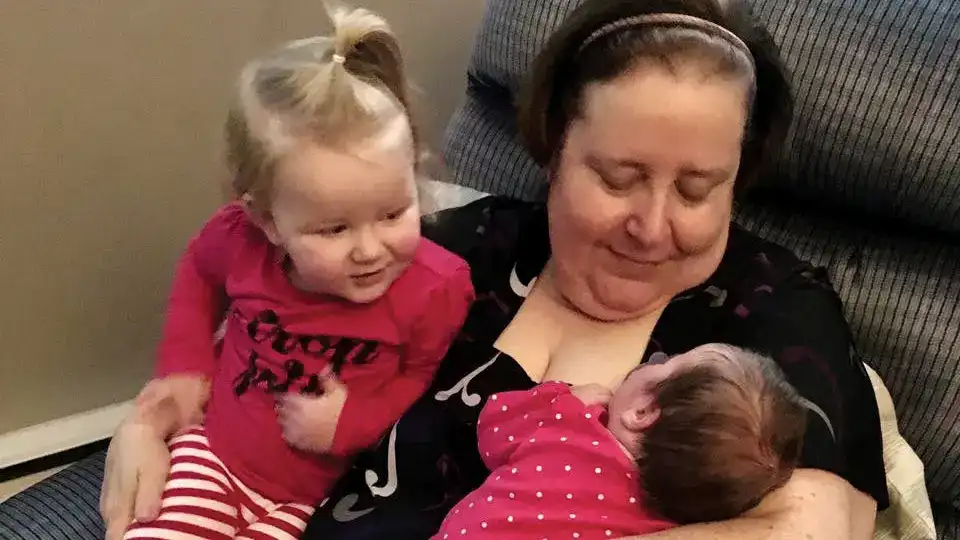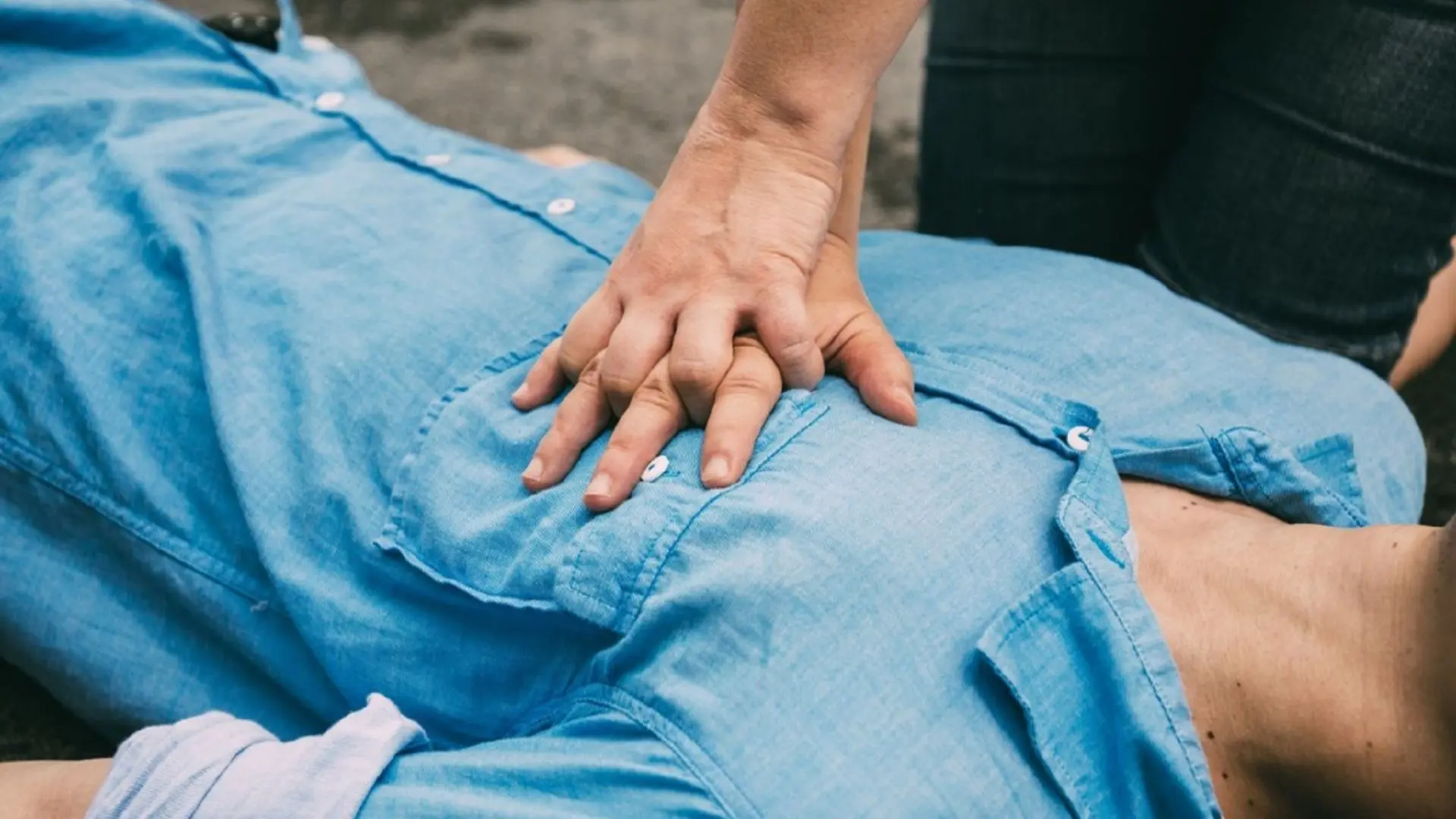Suzanne Arnold was just 39 when her gradually worsening exhaustion, insomnia and shortness of breath got so bad she could not catch her breath after climbing the stairs. Reluctantly, she drove herself to the hospital near her home in Kanata, outside Ottawa.
She had a stressful job in government, a husband with early onset Alzheimer’s disease and six children, the youngest just four. Suzanne was used to caring for others, not herself. She didn’t think to call a friend or an ambulance.
“I was sure I was overreacting,” she says. “As soon as I checked in, they rushed me to a bed.”
Suzanne was diagnosed with early stage heart failure. “My ECG (electrocardiogram) was like that of a 70-year-old man.” The doctor thought a past strep infection had attacked her heart.
That was in 2004. For the next 13 years, medication controlled her condition.
Then, in December 2016, chest pain sent Suzanne back to the cardiologist. Tests revealed her heart’s ejection fraction — the amount of blood leaving the heart when it contracts — had fallen to just 21%, well below a healthy level. All she could do was take care of herself and wait until she was sick enough to qualify for a heart transplant.
Both times, Suzanne attended cardiac rehabilitation programs. But the difference between the two experiences was dramatic.
Different programs, different outcomes
In 2004, her doctor offered cardiac rehab, but wasn’t overly encouraging. Research shows that women are half as likely as men to attend cardiac rehabilitation.
Suzanne went to about half the sessions in the 12-week program, which focused on fitness and diet. “I got there as much as I could. I was busy and had other priorities,” says Suzanne.
I was scared and depressed and I feel better now. I feel more empowered.
The program she attended in 2017, called Women@Heart, was different. The six-month program is designed to create a caring environment for women to learn and support one another on the road to recovery. It not only gave Suzanne important health information, it changed her view of herself and her disease.
“I was scared and depressed and I feel better now,” she says. “I feel more empowered.”
Women@Heart is a peer support program led by women with heart disease, for women with heart disease.
“I was surprised how much I got out of it,” Suzanne says. The group discussed topics including emotional management, communication skills, risk factor management and how best to navigate the healthcare system as a woman with heart disease. They showed participants how to break down goals into small, achievable tasks.
Sharing her story with the group got Suzanne thinking about how she tends to identify herself as a caregiver — and how that affects her own health.
Suzanne still lives with a difficult diagnosis. But she’s eating a healthier diet, walking daily and swimming. She achieved her goal of losing 20 pounds in a year — she needs to trim down to be a transplant candidate. She’s more organized than ever when she visits her doctor.
And she is continuing the process she began in the group, of reconsidering who she is and how she can live with this chronic but manageable disease. “I’m in the process of an identity shift.”
- Learn more about women and heart disease in the Heart & Stroke 2018 Heart Report.
- Learn more about cardiac rehabilitation.

